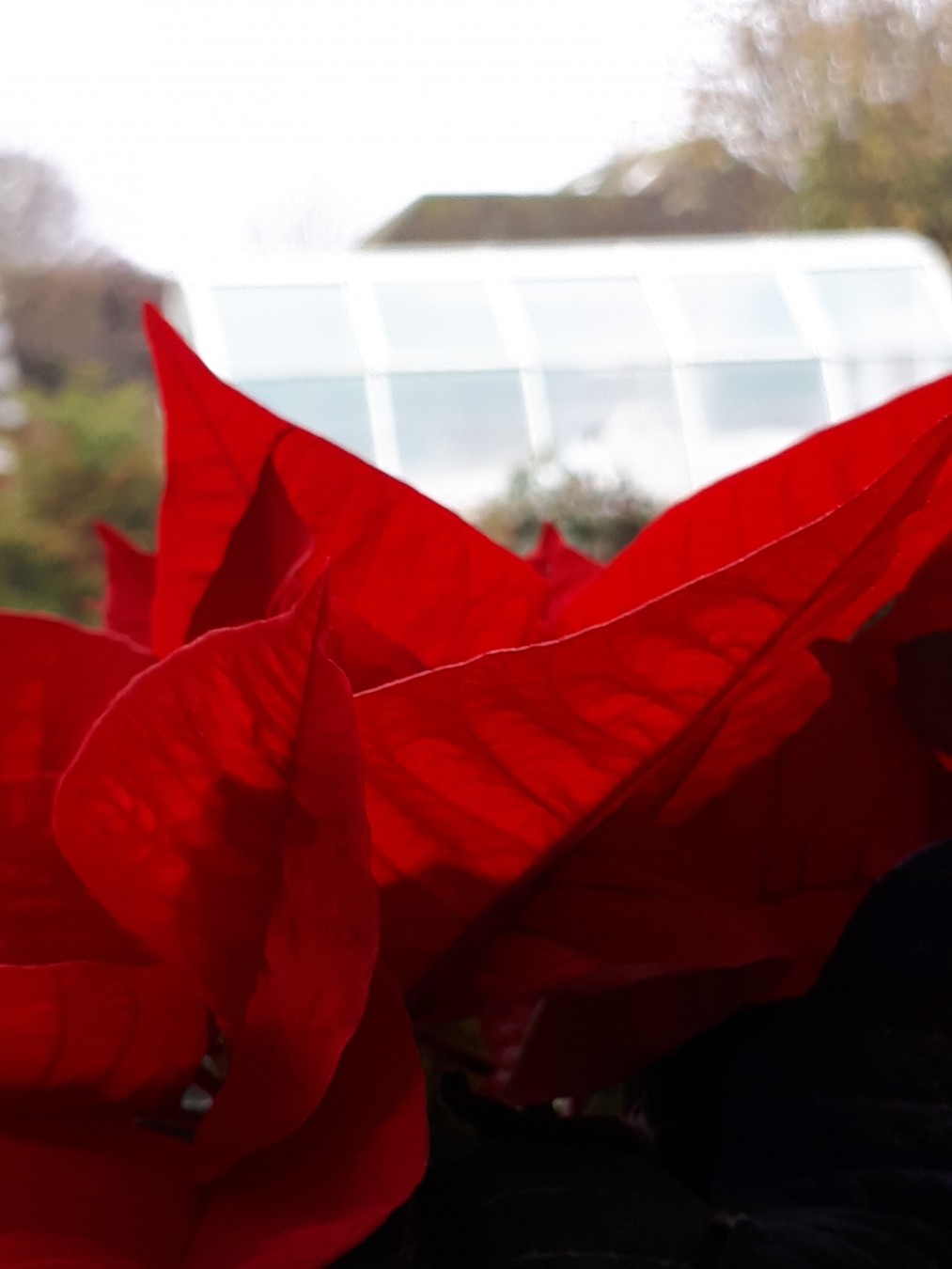
Open greenhouse vents for as long as possible on mild sunny days over winter, shutting them before temperatures drop early in the afternoon. A combination of high temperatures and low light makes leaves and stems soft, spindly and prone to grey mould which spreads rapidly in cool, damp conditions. Though good air circulation is vital, avoid chilling draughts, don’t leave the door open and always err on the side of caution!
‘Acer’s’, ‘Birches’ and grapevines should be pruned before Christmas to prevent the wounds from bleeding, which disfigures the bark and in severe cases causes the death of the plant.
Take root cuttings from plants, like Oriental Poppies, Phlox, Verbascum, ‘Drumstick’ primula’s, shrubs like ‘Japanese Quince’ and exotic ‘Passion Flowers’. Once the leaves have fallen, take a hand fork and carefully tease the soil from around the plant to expose some of the roots. Remove near to the main stem, any that are at least ¼” diameter and as long as possible, but don’t take too many or it weakens the plant.
Wash off any soil and cut off any fibrous side roots. Cuttings need to be 2-6” long. For easy identification, make a straight cut at the end nearest the main stem and a angled cut at the base then dust it with fungicide like sulphur to prevent rotting.
Fill a pots of peat substitute compost with added grit, and make several holes about 2” apart with a pencil, cane or dibber, insert the cuttings, with the horizontal end just visible at the top, then cover with a thin layer of grit and water. From then on keep the compost moderately moist, don’t overwater it or the roots may rot. Label with the name and date. They take a couple of months to root in a cold frame or cool greenhouse; put them in a propagator at 65-70 deg F and they will root in a month to six weeks. Water through the summer feed monthly with a general fertiliser and plant them out the following autumn.
Buy indoor azaleas and poinsettias from the garden centre. Always carry them in a box to prevent them from falling over or being damaged on the journey home.
Start Amaryllis bulbs into growth by watering sparingly at first; just trickle a little tepid water around the bulb, and increase the amount as growth appears. Once they are actively growing, keep them constantly moist but not waterlogged and take care not to get the growth tip wet. They like temperatures between 60-65degF so a warm sunny window is ideal; keep room temperatures cool to prolong the flowering period (this applies to ‘Indian Azalea’s’, ‘Poinsettia’ and ‘Christmas cactus’ too, which should be well away from radiators). Stake the flowering stems carefully to prevent it from falling over and rotate the pot a quarter of a turn each day, then sit back and enjoy the display. Don’t forget to remove any of your houseplants from the windowsill during the night, as they are easily damaged by low temperatures.
Happy Christmas! Matt










